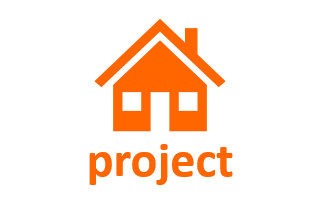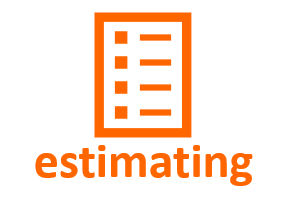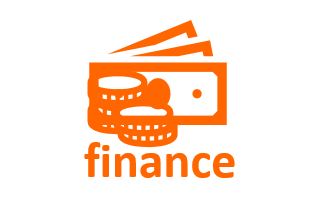Two Models for Handling the Design Phase
Which will work best for your business?
I came across this interesting article by Bruce D. Snider describing how one construction company, Milwaukee-based Design Group Three, has chosen to handle the design phase of a custom construction project.
I have summarized the article below, and you can read it here.
Article summary:
- The minute you charge someone for a design, they have a right to the design.
- Only provide just enough design, at no charge, to establish scope and cost and demonstrate your company expertise.
- Never release usable plans until the customer has committed to a construction contract.
- Present the construction contract very early in the relationship, usually the second or third meeting.
Benefits:
- Your company retains ownership of the design.
- You lock-in the customer early in the process.
- You eliminate all but the most committed prospects, saving time and effort.
I have some problems with this model
- It is very difficult to determine where that “just enough” design point is for the diverse needs of each of your universe of prospects.
- You are requiring that the prospect make a huge decision very early in the process. With construction costs easily topping half-a-million dollars for a custom home, most prospects in my experience are going to want to take the relationship a bit more slowly.
- If the customer responds negatively to the push to sign the construction agreement, you may have blown the opportunity to work with a valid prospect who just needed more time to feel comfortable with your company.
- Using the worst-case numbers in the article of three hours of design work for every prospect and a success ratio of one-in-five, that is fifteen hours of uncompensated design work for every successful presentation.
How I handle the entire Design-Build process.
You can see my suggestions for handling the design phase, along with sample agreements, here.
The contracting steps (shown with the approximate fees) lead the prospect through a logical process which includes:
- Schematic Design Agreement ($400 - $500);
- Design Development Agreement ($2,000 - $3,000);
- Construction Drawing Agreement ($4,000 - $10,000);
- Construction Agreement (all fees applied to construction contract).
These agreements become increasingly costly because the levels of effort and liability are increasing. They lead the prospect gently to the idea that she wants to work with our firm, and condition her to committing money for the value she is receiving.
We actually tell the prospect that she is under no obligation to proceed to the next step in the process with us, and can take the designs for which she has paid to any other professional she chooses.
We want the prospect to feel comfortable that we are focused on her best interests at every step in the process, and offering the ability to seek services elsewhere is a part of that. In truth, it rarely happens that the prospect looks elsewhere.
We do not look to design fees as a major source of revenue. Our main target is the construction contract for the project. Whatever services are required to move the prospect comfortably along the construction continuum toward that goal, we will provide.
Take a look at the process we use, and let me know what you think.











